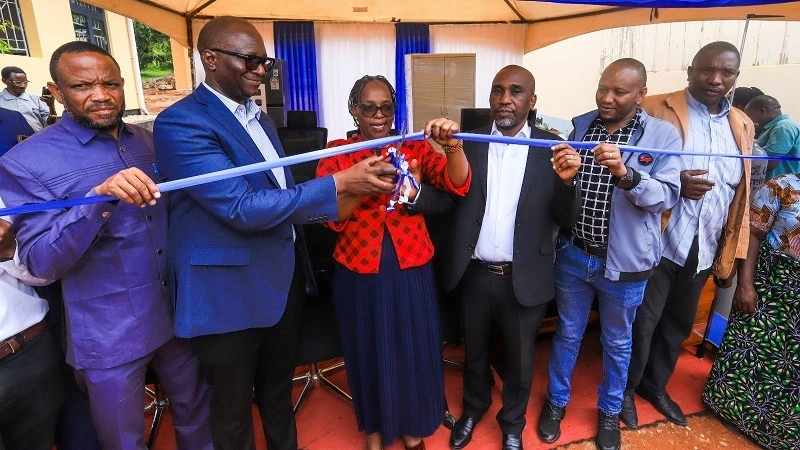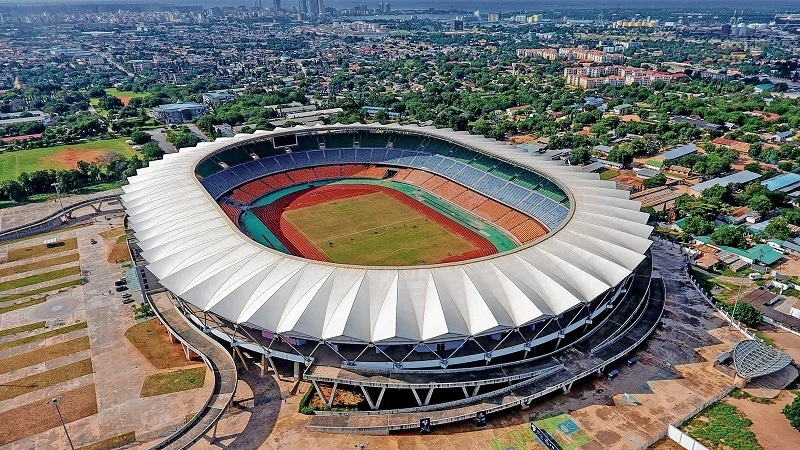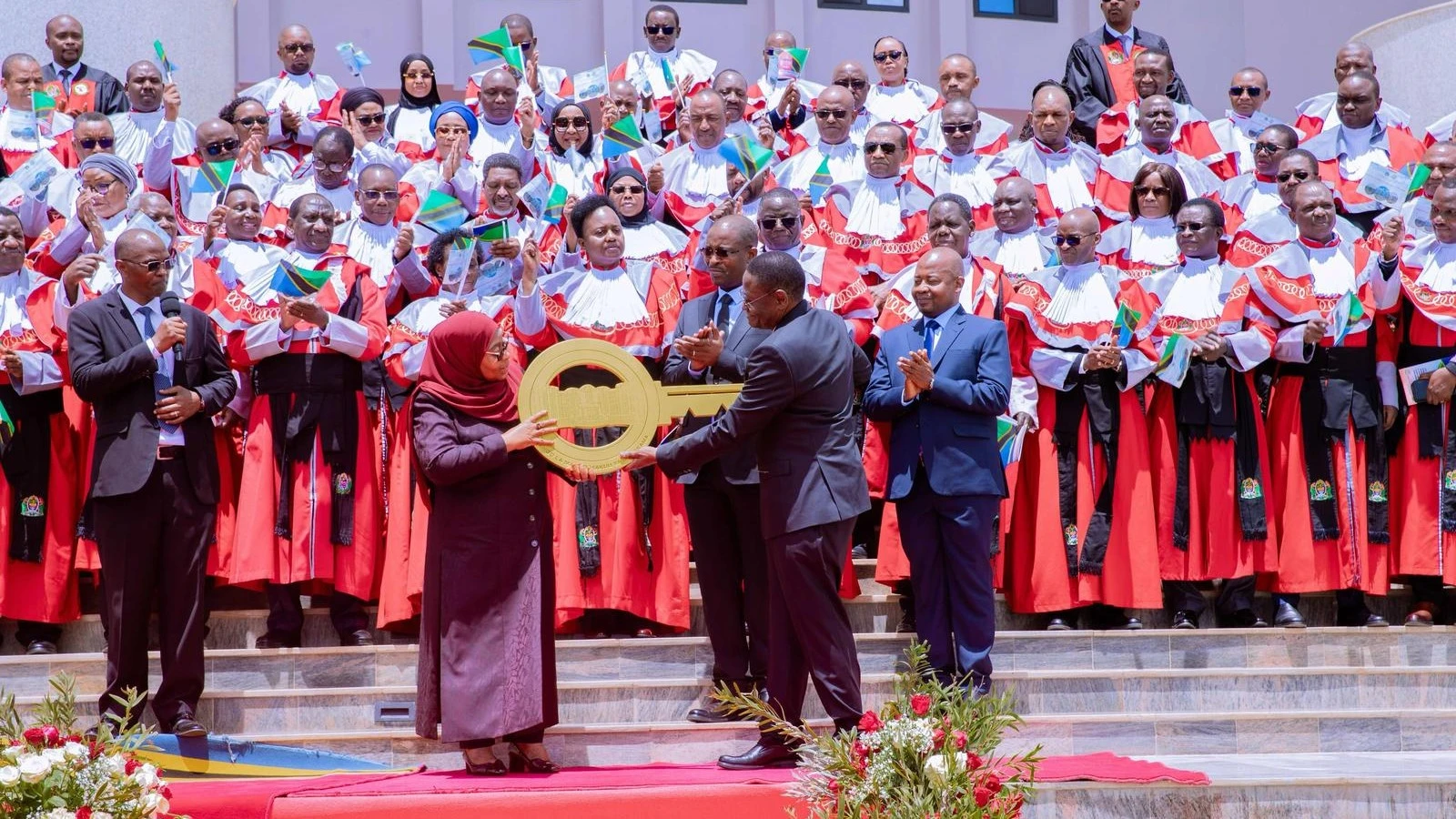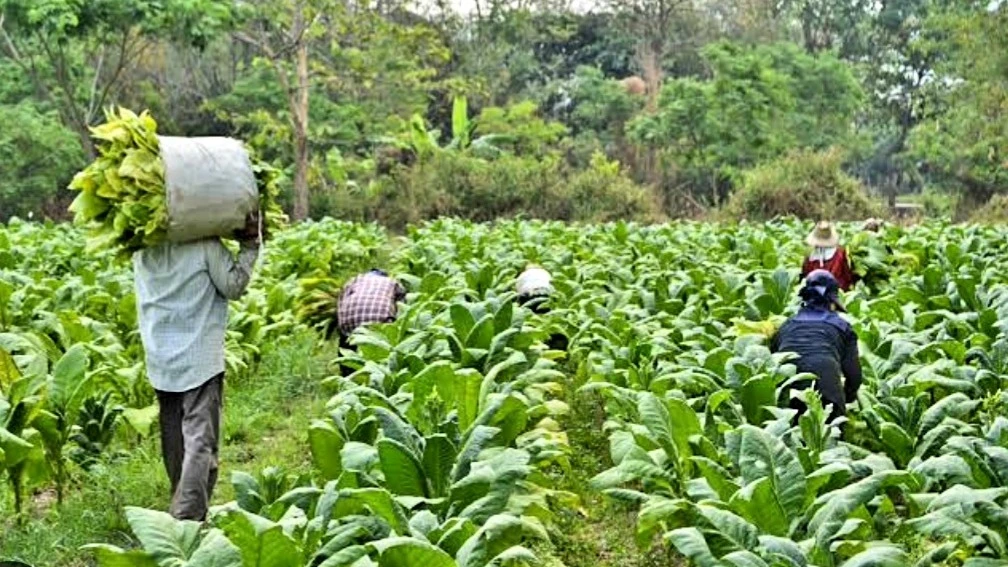BoT holds 6.0pc base interest rate for banks
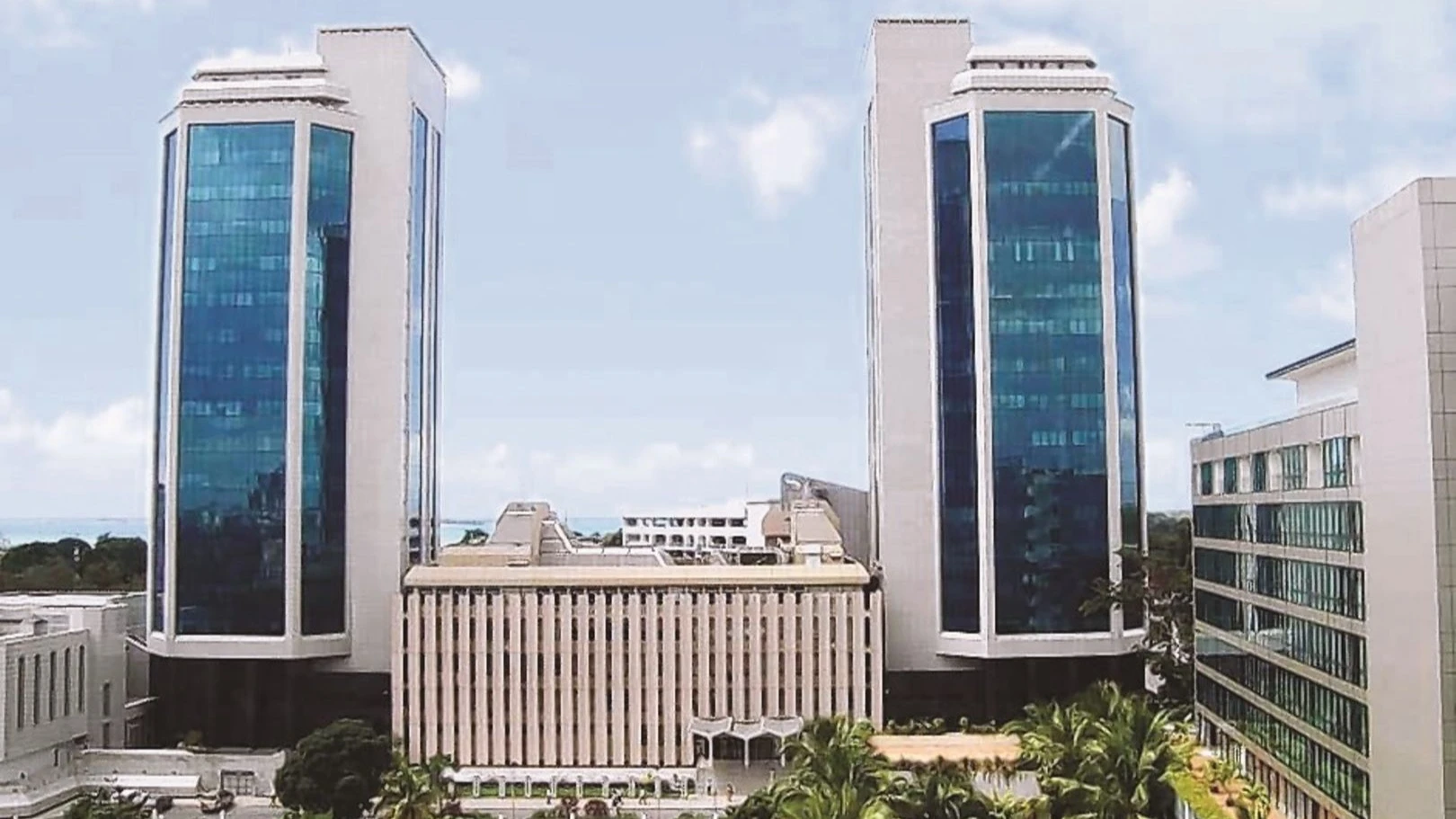
COMMERCIAL banks will still borrow at the rate of 6.0 percent from the Bank of Tanzania (BoT), it has been confirmed.
Dr Yamungu Kayandabila, the deputy governor for monetary policy, told at a briefing that the monetary policy committee (MPC) has maintained the central bank rate at 6.0 percent to mitigate effects of trade tariffs and geopolitical tensions on the economy.
Addressing top officials of various financial sector institutions on Thursday, he said that the committee reviewed recent economic indicators and the outlook for the second quarter of 2025.
BoT is focused on keeping the 7-day interbank market rate within a range of four to eight percent; ensuring that inflation and growth targets remain on track, he said, pointing at global uncertainties caused by shifts in trade policies and geopolitical tensions, even as domestic conditions were improving.
He cited positive economic activity in advanced economies and emerging markets in the first quarter of 2025, while global growth might be impacted by incoming trade tariff uncertainties.
In the first quarter of 2025, domestic conditions have remained favourable, as reflected in the BoT market perception survey and the CEOs economic perception survey conducted in February, he said.
Furthermore, liquidity in the banking sector has improved due to government financial activities and reduced cash outside banks, leading to less borrowing from the central bank, he said.
He intimated that small banks are facing difficulties in accessing affordable liquidity from larger banks, reinforcing the need to keep the 7-day interbank rate near the upper end of the bank rate range.
The economy showed strong performance in 2024, with the growth rate estimated at 5.5 percent, up from 5.1 percent in 2023, with agriculture, finance, mining, construction and tourism leading the pace of growth, he stated.
Zanzibar’s economy grew by 7.2 percent in the last quarter of 2024, a sharp increase from 2.2 percent during the same period in 2023, driven by tourism services, along with wholesale and retail trade.
There are converging tendencies in the respective growth rates in the second calendar quarter with the Mainland projected to register 6.1 percent growth and Zanzibar by 6.5 percent.
The external sector showed improvement as by March 2025 the current account deficit had dropped to 2.6 percent of GDP, from 3.7 percent in the same period last year, mainly due to higher exports in tourism, gold, cashew nuts and tobacco.
Zanzibar’s current account is expected to show a surplus of $563.5m, up from $407.4m, driven by increased tourism receipts, while foreign reserves remained strong in early 2025, at $5.6bn, enough to cover four to five months of expected imports.
“Money supply grew by over 12 percent in 2024, mainly from more loans to the private sector. This pace was maintained into early 2025 with improved liquidity. Private sector credit rose by 12.7 percent mainly supporting small businesses and sectors like agriculture, trade and manufacturing,” the policy specialist added.
Top Headlines
© 2025 IPPMEDIA.COM. ALL RIGHTS RESERVED






